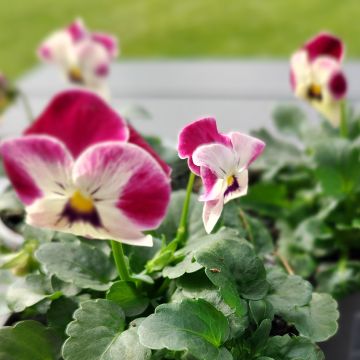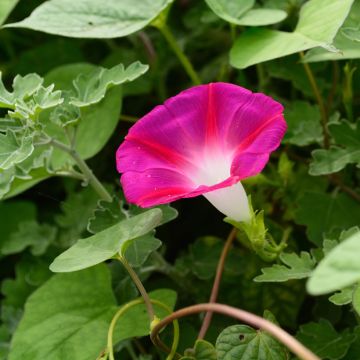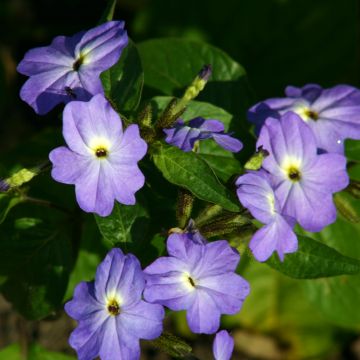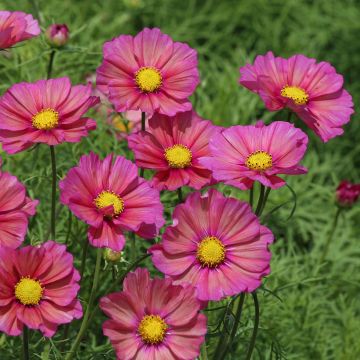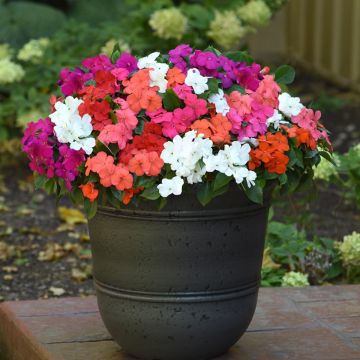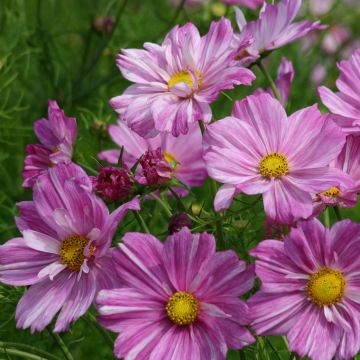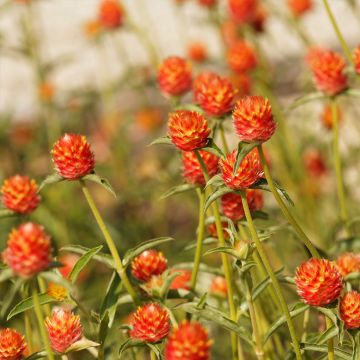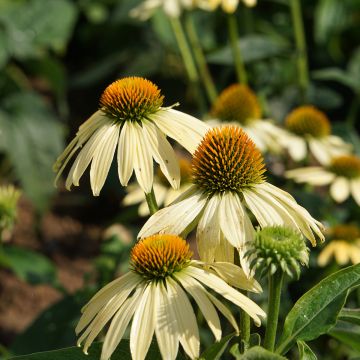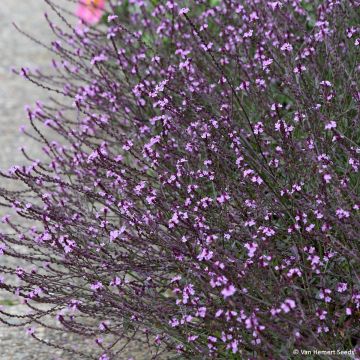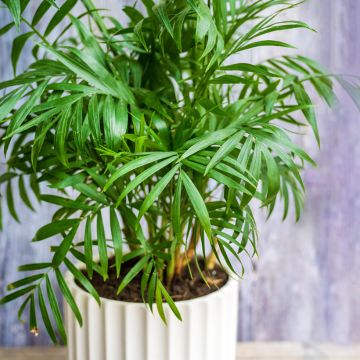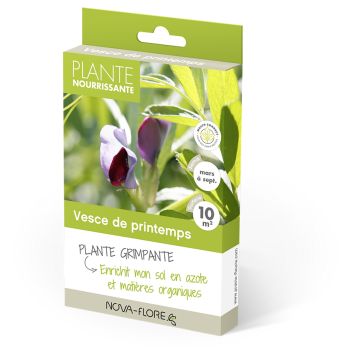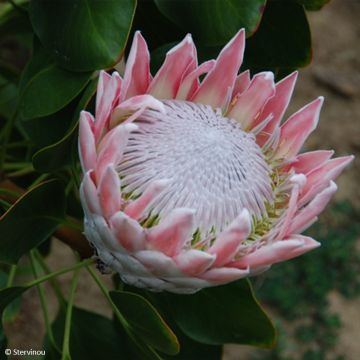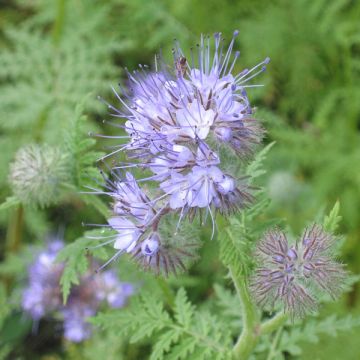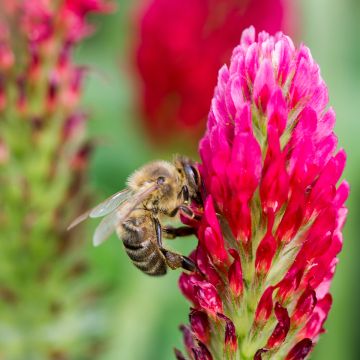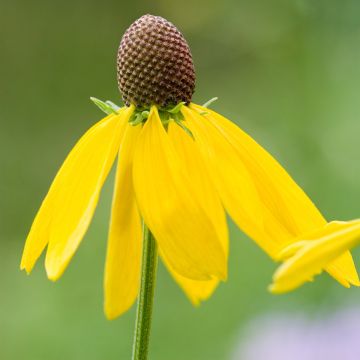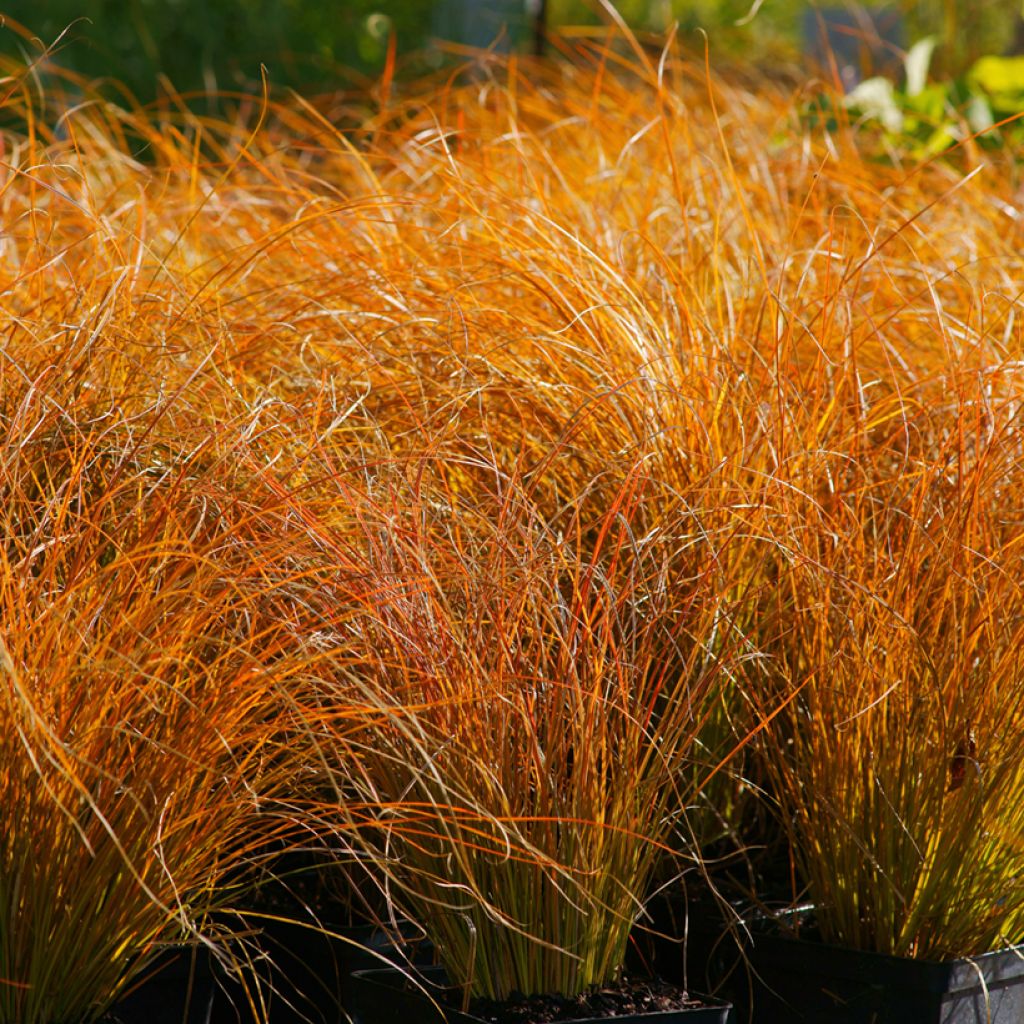

Carex testacea Prairie Fire - orange New Zealand Sedge
Carex testacea Prairie Fire - orange New Zealand Sedge
Carex testacea Prairie Fire
Orange New Zealand Sedge
Special offer!
Receive a €20 voucher for any order over €90 (excluding delivery costs, credit notes, and plastic-free options)!
1- Add your favorite plants to your cart.
2- Once you have reached €90, confirm your order (you can even choose the delivery date!).
3- As soon as your order is shipped, you will receive an email containing your voucher code, valid for 3 months (90 days).
Your voucher is unique and can only be used once, for any order with a minimum value of €20, excluding delivery costs.
Can be combined with other current offers, non-divisible and non-refundable.
Home or relay delivery (depending on size and destination)
Schedule delivery date,
and select date in basket
This plant carries a 6 months recovery warranty
More information
We guarantee the quality of our plants for a full growing cycle, and will replace at our expense any plant that fails to recover under normal climatic and planting conditions.
Does this plant fit my garden?
Set up your Plantfit profile →
Description
Carex testacea Prairie Fire is a superb variety of New Zealand sedge that sets the garden on fire at the end of the season. This medium-sized grass forms clumps of leaves with a very fine texture, whose bronze or olive green colour gradually takes on more and more coppery hues over time. In autumn, it transforms into a flaming copper orange mane, magnificent next to the blue stars of asters or the purple spikes of catmints. It is also a accommodating, robust, and reliable perennial, easy to grow in well-drained soil that is not too dry.
Carex testacea is a sedge belonging to the large family of Cyperaceae, native to New Zealand. This rhizomatous grass forms a dense clump with a spreading, arching habit, reaching a height of about 40 cm (16in) and a diameter of 50 cm (20in), without being invasive. Its evergreen leaves are sheathing at the base, long, very thin, and grass-like, with sharp edges, slightly twisted, and trailing at their tips. From spring to summer, they have a blend of light green and olive green colours, tinged with bronze. With cool autumn nights, they take on beautiful shades of brown to copper orange, with the tips of the leaves being more orange. In summer, in June-July, inconspicuous brown to black, scale-like spikes, 1 to 3 cm (0.5 to 1in) long, appear on slender, triangular-sectioned stems, which sometimes elongate disproportionately, emerging more than 2m (7ft) above the foliage. It is a monoecious plant, like all Carex, producing separate male and female flowers on the same individual.
The orange sedge is a charming and versatile 'grass' that will make the garden attractive in both summer and winter. This highly resistant perennial can be used in difficult areas such as urban gardens as groundcover, where it can play a significant role in soil stabilisation on slopes. It is also a good plant for containers, to be placed on balconies or patios, but always in full sun to enhance the beautiful colours of its foliage. It is undemanding and does not require much water, making it suitable for association with other grasses (Stipa tenuifolia or capillata, Muhlenbergia capillaris) as well as perennials such as asters, Gaura, or Verbena bonariensis. Carex testacea Prairie Fire will warm up the space with its flaming orange, even at the end of a sunny winter day under low-angle sunlight. Planted en masse along a path or alley, it will emphasise and soften its layout. It can also be planted in a border with green or silver groundcover plants, such as dwarf artemisias, Stachys, cerastiums, or Iberis sempervirens. For a beautiful wild effect, plant it en masse in a contemporary or countryside garden, paired with orange-coloured flowers like Echinaceas Marmalade and Tangerine Dream.
Among the 1000 species of sedges growing throughout the world, it would be surprising if you didn't find one that suits you. They can be found in all environments where plants grow. Some adapt easily to many situations and any garden soil, while others must be cultivated in their own specific environment. Make your choice!
Report an error about the product description
Flowering
Foliage
Plant habit
Botanical data
Carex
testacea
Prairie Fire
Cyperaceae
Orange New Zealand Sedge
Oceania
Other Flower seeds A to Z
View all →Planting and care
Sow Carex testacea from February to May in trays or pots filled with a good seed compost. Place your seed tray in a mini-greenhouse or in a heated room at an optimal temperature of 15 to 18 °C. Simply cover the seeds with a little compost, to a depth of about 3 to 4 mm (0.1in). Keep your seed tray in the light, as this promotes germination. Germination should occur after 2 or 3 weeks.
Transplant the young plants when they are large enough to handle, and place them in individual 7.5 cm (3in) diameter pots. Acclimatise the young plants to the outdoors before planting them, either in the ground or in pots, maintaining a distance of 30 cm (12in) between each one.
Another alternative is to sow directly in situ in March-April, or at the end of summer in our mild regions if fresh seeds are available: this is how the plant ensures its propagation in nature. Fresh seeds undergo a period of cold during the winter, breaking their dormancy and germinating in spring. Sow in soil free from roots or 'weeds', lightened with sand and well loosened beforehand.
Cultivation:
Carex testacea Prairie Fire should be planted in spring or early autumn, in full sun to enhance the foliage colours. This grass appreciates a rather rich soil, even slightly clay but without too much limestone, and always very well-drained as it particularly dislikes excess moisture in winter, which is detrimental to its hardiness. While it prefers fertile soils that remain slightly moist in summer, it can tolerate leaner soils and withstands periods of temporary drought quite well: it is neither a plant for flooded banks, nor an aquatic plant!
Sowing period
Intended location
Planting & care advice
This item has not been reviewed yet - be the first to leave a review about it.
Similar products
Haven't found what you were looking for?
Hardiness is the lowest winter temperature a plant can endure without suffering serious damage or even dying. However, hardiness is affected by location (a sheltered area, such as a patio), protection (winter cover) and soil type (hardiness is improved by well-drained soil).

Photo Sharing Terms & Conditions
In order to encourage gardeners to interact and share their experiences, Promesse de fleurs offers various media enabling content to be uploaded onto its Site - in particular via the ‘Photo sharing’ module.
The User agrees to refrain from:
- Posting any content that is illegal, prejudicial, insulting, racist, inciteful to hatred, revisionist, contrary to public decency, that infringes on privacy or on the privacy rights of third parties, in particular the publicity rights of persons and goods, intellectual property rights, or the right to privacy.
- Submitting content on behalf of a third party;
- Impersonate the identity of a third party and/or publish any personal information about a third party;
In general, the User undertakes to refrain from any unethical behaviour.
All Content (in particular text, comments, files, images, photos, videos, creative works, etc.), which may be subject to property or intellectual property rights, image or other private rights, shall remain the property of the User, subject to the limited rights granted by the terms of the licence granted by Promesse de fleurs as stated below. Users are at liberty to publish or not to publish such Content on the Site, notably via the ‘Photo Sharing’ facility, and accept that this Content shall be made public and freely accessible, notably on the Internet.
Users further acknowledge, undertake to have ,and guarantee that they hold all necessary rights and permissions to publish such material on the Site, in particular with regard to the legislation in force pertaining to any privacy, property, intellectual property, image, or contractual rights, or rights of any other nature. By publishing such Content on the Site, Users acknowledge accepting full liability as publishers of the Content within the meaning of the law, and grant Promesse de fleurs, free of charge, an inclusive, worldwide licence for the said Content for the entire duration of its publication, including all reproduction, representation, up/downloading, displaying, performing, transmission, and storage rights.
Users also grant permission for their name to be linked to the Content and accept that this link may not always be made available.
By engaging in posting material, Users consent to their Content becoming automatically accessible on the Internet, in particular on other sites and/or blogs and/or web pages of the Promesse de fleurs site, including in particular social pages and the Promesse de fleurs catalogue.
Users may secure the removal of entrusted content free of charge by issuing a simple request via our contact form.
The flowering period indicated on our website applies to countries and regions located in USDA zone 8 (France, the United Kingdom, Ireland, the Netherlands, etc.)
It will vary according to where you live:
- In zones 9 to 10 (Italy, Spain, Greece, etc.), flowering will occur about 2 to 4 weeks earlier.
- In zones 6 to 7 (Germany, Poland, Slovenia, and lower mountainous regions), flowering will be delayed by 2 to 3 weeks.
- In zone 5 (Central Europe, Scandinavia), blooming will be delayed by 3 to 5 weeks.
In temperate climates, pruning of spring-flowering shrubs (forsythia, spireas, etc.) should be done just after flowering.
Pruning of summer-flowering shrubs (Indian Lilac, Perovskia, etc.) can be done in winter or spring.
In cold regions as well as with frost-sensitive plants, avoid pruning too early when severe frosts may still occur.
The planting period indicated on our website applies to countries and regions located in USDA zone 8 (France, United Kingdom, Ireland, Netherlands).
It will vary according to where you live:
- In Mediterranean zones (Marseille, Madrid, Milan, etc.), autumn and winter are the best planting periods.
- In continental zones (Strasbourg, Munich, Vienna, etc.), delay planting by 2 to 3 weeks in spring and bring it forward by 2 to 4 weeks in autumn.
- In mountainous regions (the Alps, Pyrenees, Carpathians, etc.), it is best to plant in late spring (May-June) or late summer (August-September).
The harvesting period indicated on our website applies to countries and regions in USDA zone 8 (France, England, Ireland, the Netherlands).
In colder areas (Scandinavia, Poland, Austria...) fruit and vegetable harvests are likely to be delayed by 3-4 weeks.
In warmer areas (Italy, Spain, Greece, etc.), harvesting will probably take place earlier, depending on weather conditions.
The sowing periods indicated on our website apply to countries and regions within USDA Zone 8 (France, UK, Ireland, Netherlands).
In colder areas (Scandinavia, Poland, Austria...), delay any outdoor sowing by 3-4 weeks, or sow under glass.
In warmer climes (Italy, Spain, Greece, etc.), bring outdoor sowing forward by a few weeks.






























